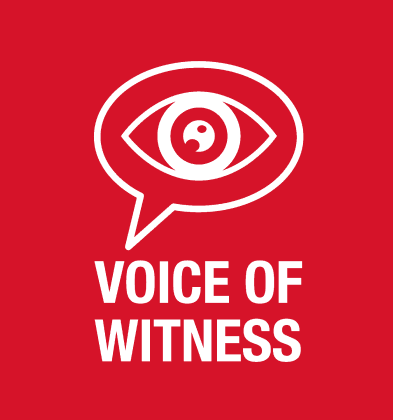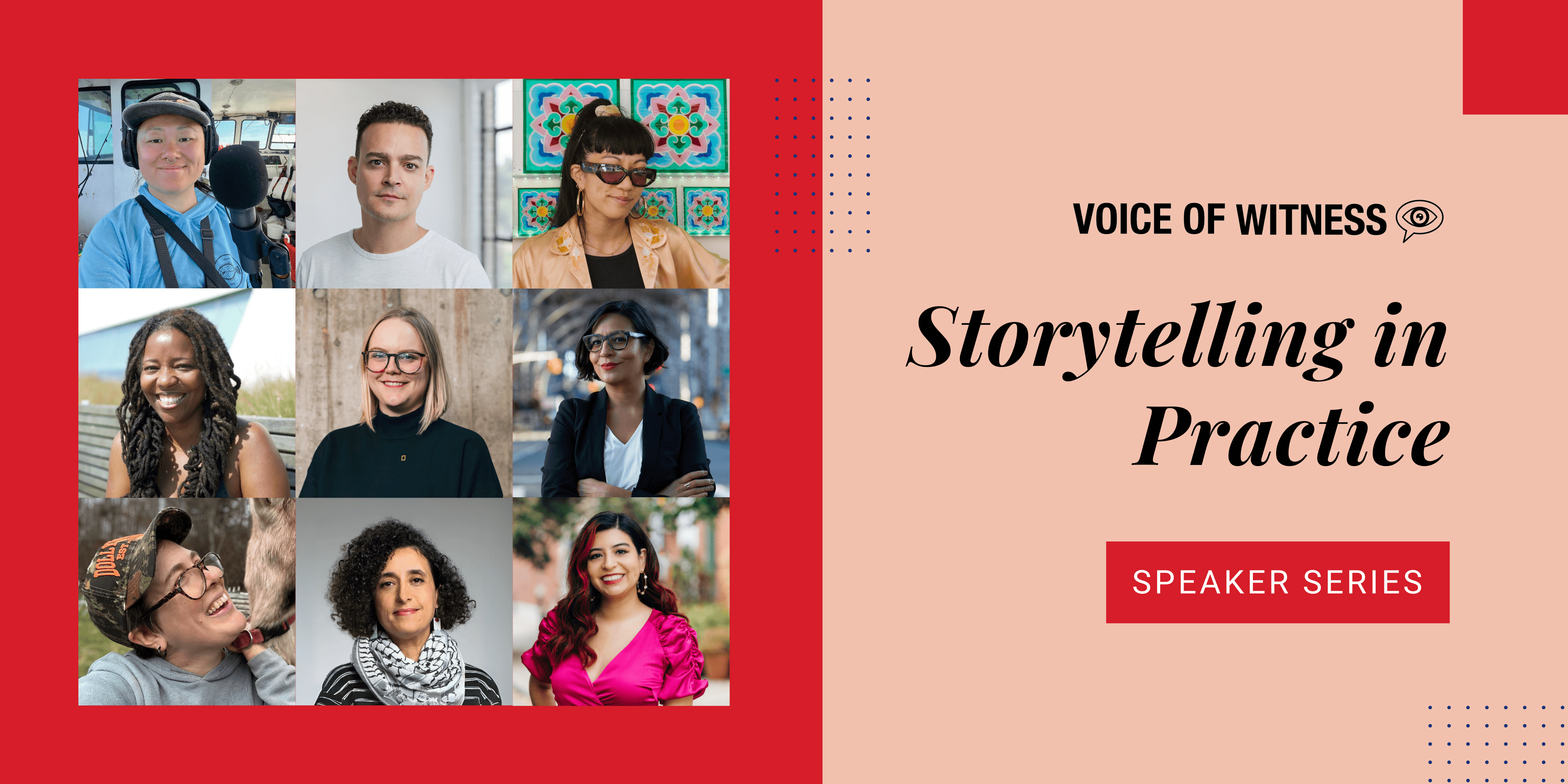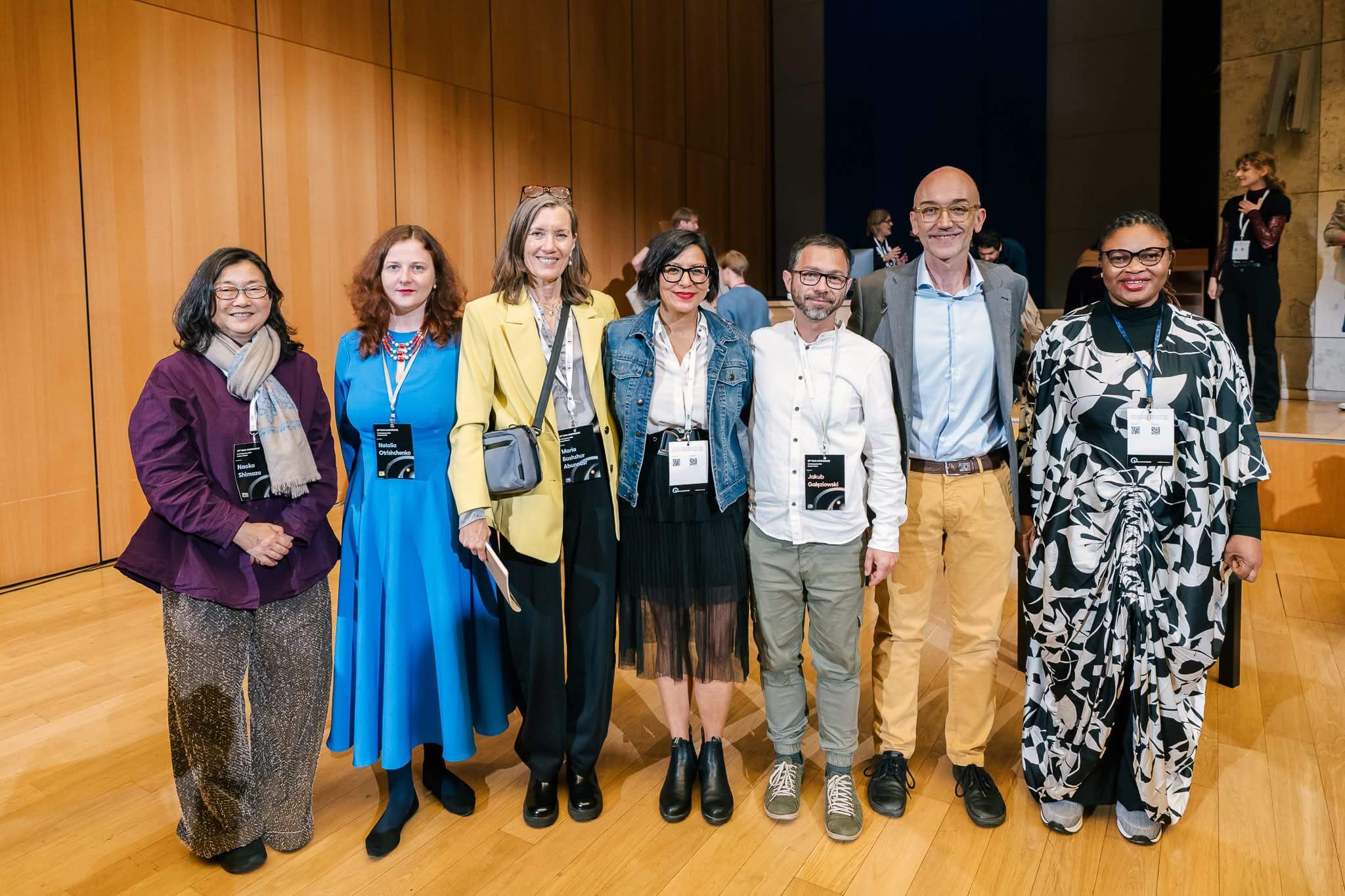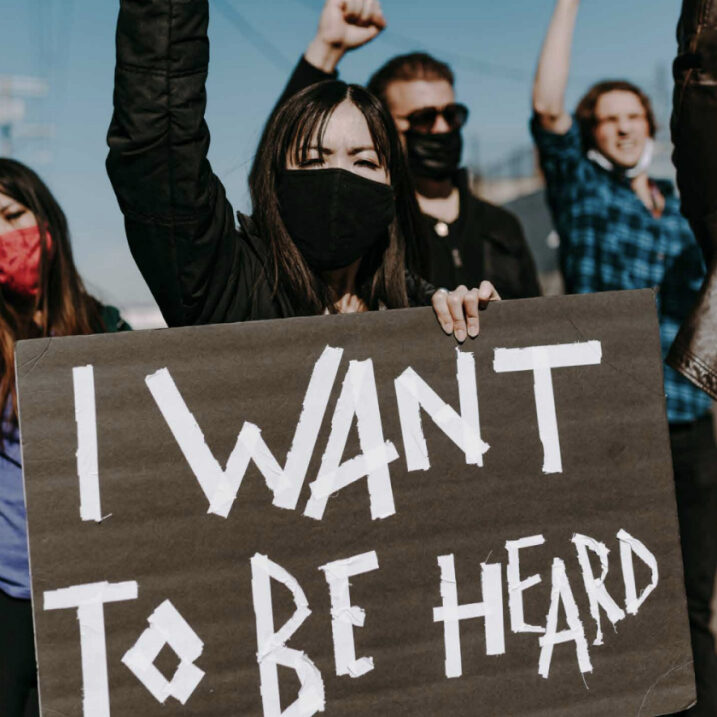As part of the Oral History in Practice event series, Voice of Witness hosted a webinar with Fanny Julissa García about her “Separated: Stories of Injustice and Solidarity” project.
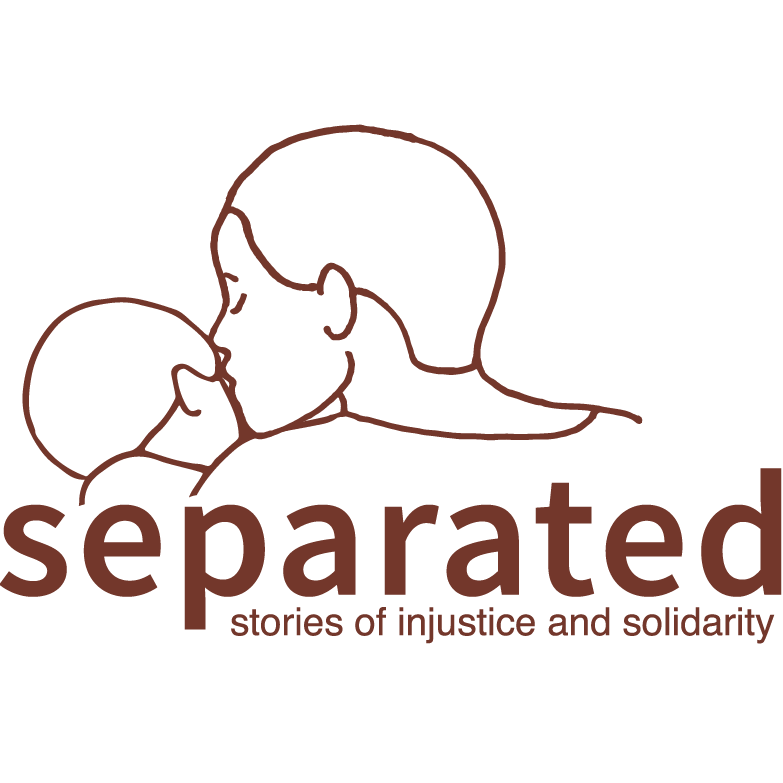
The project documents the Trump administration’s infamous Zero Tolerance policy of 2017 and 2018, in which border authorities forcibly separated unprecedented numbers of migrant parents and children arriving at the US-Mexico border. The oral histories with separated families record a historic human rights violation, and they have been used to advocate for a public apology, restitution, and permanent status for the families.
VOW’s conversation with Fanny touched on lessons learned and explored benefits and challenges of oral history. Read highlights and watch the full recording below:
Reflections and Insights:
- Oral history cannot survive in isolation. Fanny emphasized how working with other organizations and communities was crucial to the success of the project. Her partnership with Nara Milanich, a history professor at Barnard College, and collaboration with the nonprofits Women’s Refugee Commission and Justice in Motion made the Separated project possible. She also stressed the need for more funding for oral history work, as the work takes time and care.
- Using a “chain of trust” approach in oral history work. Families who had experienced the forced separation of their children by the U.S. government were suspicious of anyone who made contact with them. If Fanny had done cold outreach, many of the narrators she works with might have doubted her intent and feared that the project was fraud, an attempt at extortion, or that she was a part of immigration law enforcement. By working with organizations like the Women’s Refugee Commission and Justice in Motion, Fanny was able to begin contacting potential narrators through connections already established by these nonprofits, which created an initial layer of trust in the relationship.
- Considerations of trauma-informed interviewing, especially over the phone. It’s important to think through how you might handle hard moments in the conversation. Fanny noted, “I was kind of restricted because I wasn’t seeing somebody – I couldn’t console somebody with facial features which we do when we have a dialogic exchange with a person. I could only use my voice, and verbally acknowledge what they were telling me. So in the interviews, you’ll hear me acknowledging that I can hear their throat clenching because they’re trying to hold back tears. And I would ask, ‘What’s happening, what are you feeling right now?’ And they would tell me. That was the only way I could see what was happening on the other end of the line.”
- The emotional toll of oral history interviews on both the narrator and interviewer. Fanny outlined the steps she took to ensure the mental health of herself and those she interviewed during this project, including working with a therapist herself, and checking in with narrators consistently throughout the process, confirming they felt safe, comfortable, and heard.
- Logistical challenges and the process of consent. Some narrators may not have consistent access to WiFi or the ability to sign consent forms. Fanny dealt with these challenges through establishing ongoing “dynamic verbal consent.” By asking, “why do you want to participate in this interview?” and recording the answer, she was able to ensure that there was a contract of trust and agreement. They were able to revisit this throughout the interview process and beyond.
- The question of compensation for narrators. For this project, compensating narrators was crucial because, as Fanny noted, “narrators taught us they were experiencing hardship… we couldn’t ethically go into these conversations and say ‘please tell me your story’ and not acknowledge that.” Narrators were paid $100 an hour, through support from Barnard College, which secured funding through the Mellon Foundation. Fanny and her project collaborator, Nara Milanich, wrote an article in the Oral History Review on lessons learned and considerations that project designers should take into account as they make decisions about how and when to incorporate narrator compensation into an oral history project design
Learn more about the Separated project.
Watch the full webinar recording:
